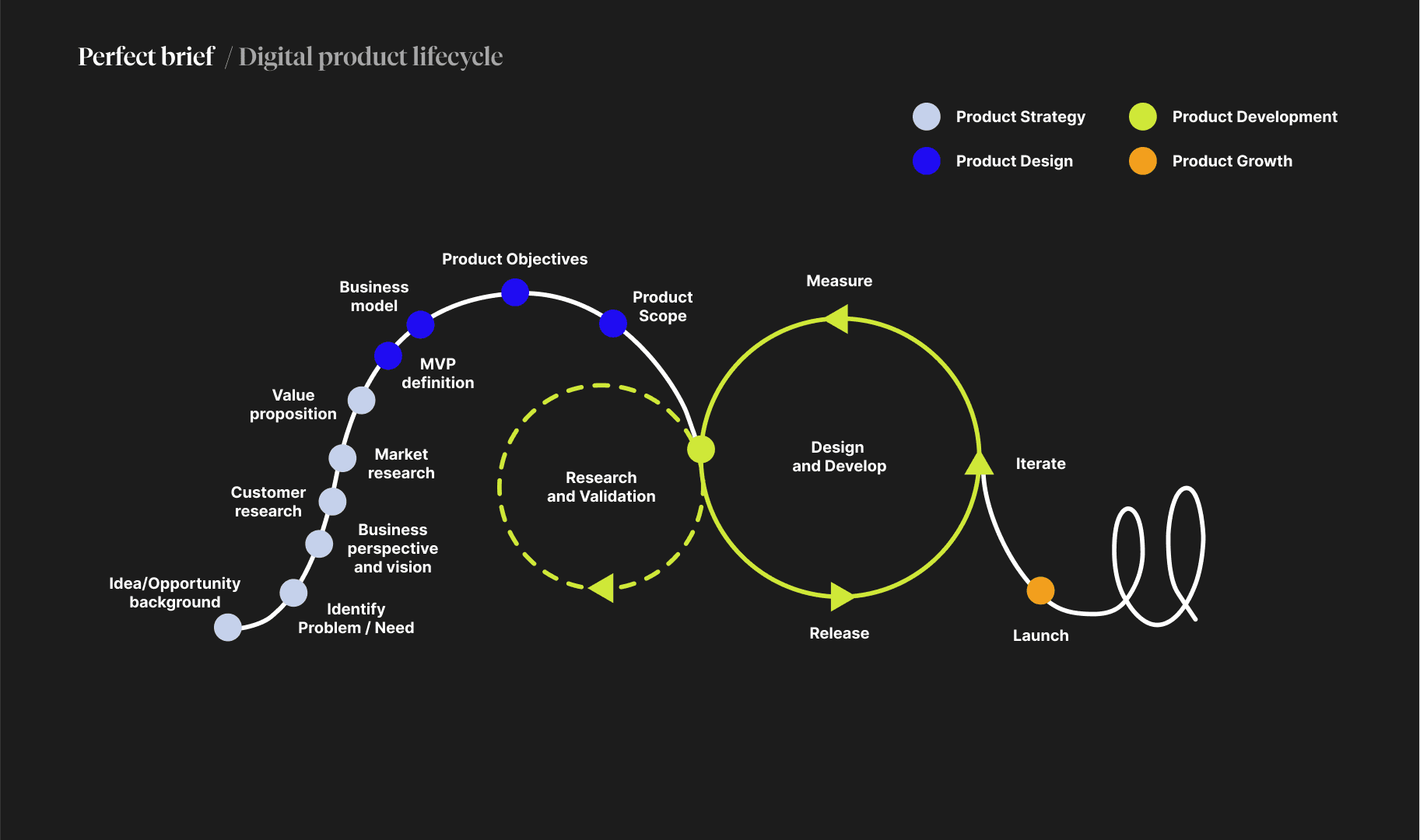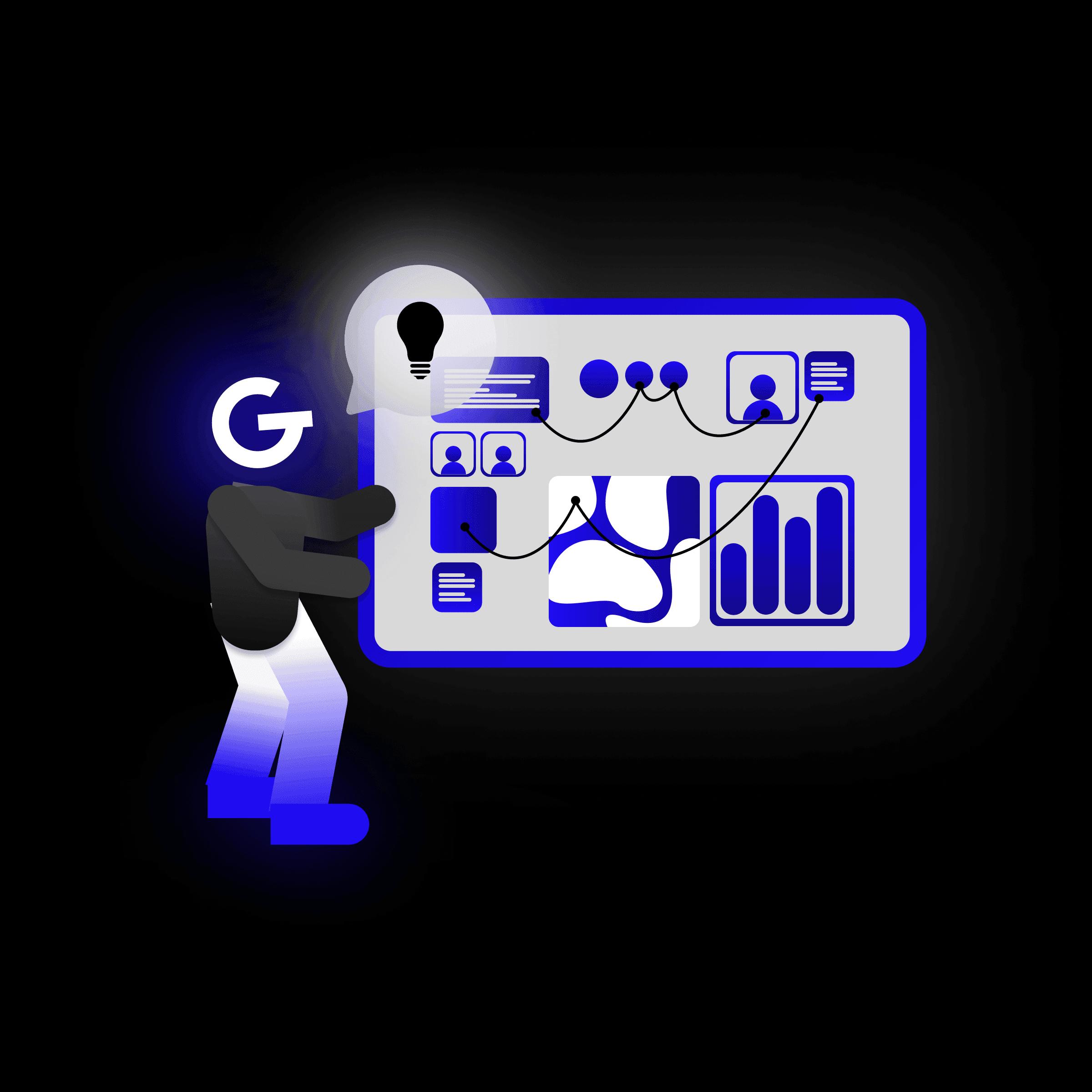
11. Jul 2025Business
How we approach estimations
Do you have an idea that you want to turn into a functional digital product and you want everything to run smoothly? One of the key steps that determines whether a project will go according to plan or start falling apart at the ground level is a good estimation - an estimate of the time, cost and capacity required.


The most common questions at the beginning are usually clear... how much will it cost and when will it be ready. But the price itself is the result of several decisions. A good estimate starts with understanding what we're going to build, why it makes sense, and what the users' real needs are. Based on this, the most appropriate solution is proposed, and only then do the numbers come in. And it is from this that the estimate of time, cost and everything else is then based.
Why it pays to spend time on estimation
1. Helps set realistic expectations
A solid estimate at the outset helps all parties know where they stand, how long it will take, how much it may cost, and what the project will require. When expectations are clearly set, the risk of unpleasant surprises down the road is reduced.
Suspiciously cheap bids that promise fast delivery may look tempting at first - but often hide problems that only become apparent later. A realistic estimate from an experienced partner will give you confidence that the project has a solid foundation and will go ahead without unnecessary surprises.


2. Right people in the right places
Knowing the scope and complexity of the project, we know exactly what team will be needed on the project: how many people, what specialisms and at what stages. This way, the project can be better planned and the team works more efficiently. We avoid situations when someone has nothing to do or, on the contrary, is not keeping up.

3. We solve problems before they occur
Quality estimation is not just about knowing what to do today. It also takes into account what might change tomorrow - new requirements, technical limits, shifts in priorities. If we can anticipate these situations and account for them in the estimate, then development proceeds more calmly, with fewer risks and without unnecessary stress.
It's important to understand the whole project first
We need to thoroughly understand what the project entails before we go into the actual estimation, otherwise it's just shooting blind.
Open, honest and proactive communication is essential for the estimation and the project to run smoothly. That way we can create an estimate that will match expectations exactly. That's why we need to have a shared understanding before the actual estimation:
- What problem are we solving and for whom
- What are the main goals and expectations
- What technologies, integrations or constraints are at play

Quality assignment is the basis
A good brief is the cornerstone of any project. However, a product brief is only as good as everyone understands it. That's why it always makes sense to go through it together, ask for details, clarify ambiguities and name risks.

To learn more about what should be included in a product brief, read our article 👇

How to write the good product brief: Key components of the brief
Initial call - needs assessment
We start with a conversation where we go through your idea together and look at it through the eyes of business and technology. This allows us to better gauge what the project entails, focusing on understanding the real needs and challenges of your business and customers. If something isn't entirely clear, we'll help define it in a workshop.
Workshop – clarifying details
The workshop brings together experts from several fields - analysts, designers, architects. Together we go through the brief in depth, identify risks, fill in ambiguities and agree on a realistic scope.
We always choose the format of the workshop according to what the project needs at the moment:
- MVP Launcher – to quickly define the minimum functional solution
- UX Research – when we need to get to know the user and their needs
- AI Pathfinder – if you are considering how and whether to use AI in the project
- Product Workshop – to map the business needs and design the product strategy
Estimation - “break it down and put it back together”
Once the task is clear, we can move on to the estimation itself. We divide the project into smaller units - design, development, testing, deployment - and assign to each:
- What will be done
- Who will do it
- How long it will take
Who enters the estimation process?
This of course depends on the scope of the project and the platforms required. Key team members enter the estimation process to ensure that the estimate is realistic and accurate:
- Business Development Manager - the main contact for the client, understands the objectives, leads the communication and makes sure the deliverables are in line with expectations.
- Solution Architect - connects the business to the technology, leads the process and oversees the technical design, consistency and feasibility of the solution.
- Domain experts (e.g. teamleaders or seniors) - suggest optimal solutions in their respective domains, estimating the different parts and highlighting risks and ambiguities.
We combine it into one whole
After we break the project down into its individual parts and work out the estimates, we put everything together into one cohesive plan. The result is not just a number, but:
- realistic schedule
- cost estimate
- team composition proposal
- specification of functional and non-functional requirements
We write functional requirements in the form of user stories with acceptance criteria that are shared with the client. This method ensures that it is clear to both parties exactly what is included in the agreed scope and what is not.
At the same time, we also determine the level of certainty of the estimate for individual functionalities - how accurately we can price the functionality at a given moment. If it is an area where the brief is unclear or lacks detail, we give it less “certainty” and direct questions to it.
If, even after discussion, not enough information can be obtained, we count on a “cotton wool” that takes into account potential unexpected complications. That's why it pays to have the assignment as well worked out as possible: the more certain we are, the more accurate the estimate and the fewer surprises await on the way.
Estimate is not just a number - it's a plan
At the end of this phase, you have a realistic plan in your hands: what, who, for how long and for how much. You also have an idea of the possible risks and what might change along the way. Yes, the estimate may be adjusted subtly during the project - but with this foundation, you're in control of the project.
Estimating is not bureaucracy. It's a way to avoid chaos, prevent frustration, and build a good project on a solid foundation. When you go into a project with a clear plan, the result is faster, cheaper, and higher quality.
And that's exactly the point.

Related articles

How to build AI solutions that deliver 10× more value for your business


Importance of analysts in successful software projects


GoodRequest won two awards at the Tatra banka Top Supplier Day for the TABI project
